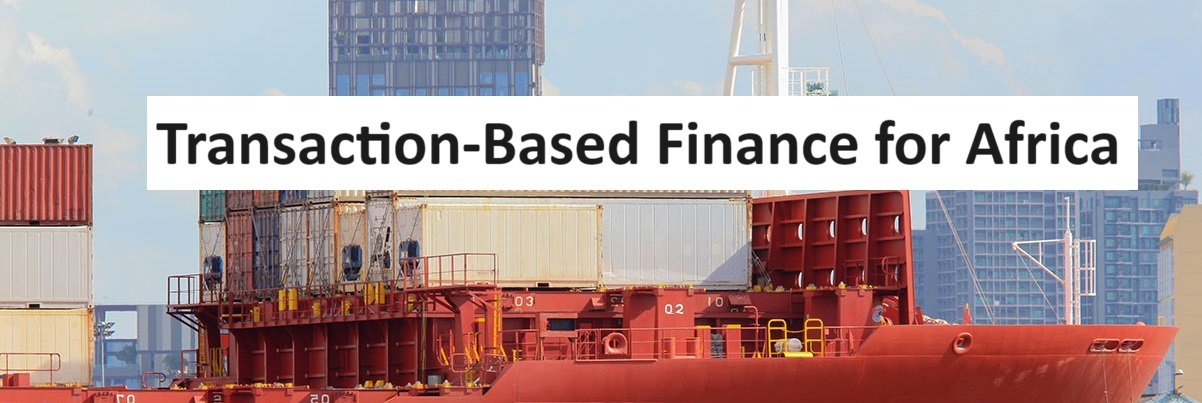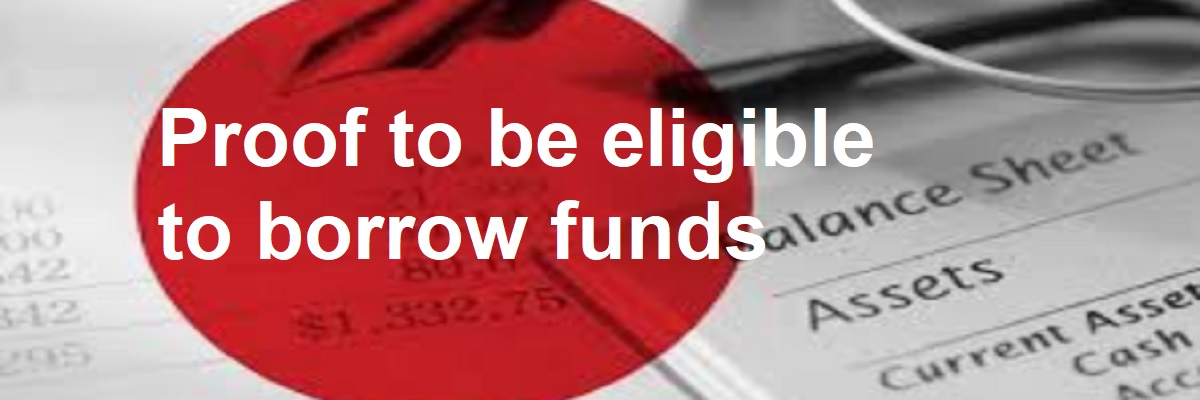
Unlocking Funding Opportunities without Collateral
Introduction:
Securing a loan without the required collateral may seem like a daunting task. However, a well-structured loan agreement can still play a crucial role in helping you navigate the funding process, even in the absence of collateral. In this blog post, we will explore how a loan agreement can be instrumental in obtaining the necessary funds and outline the ways it can aid you throughout the funding process.
Demonstrating Commitment and Responsibility:
A loan agreement serves as a legally binding contract between you and the lender. By signing this agreement, you demonstrate your commitment to repay the borrowed funds. It showcases your responsibility as a borrower and your intention to fulfill the financial obligations associated with the loan. Lenders appreciate this commitment, and it increases your credibility in their eyes.
Leveraging Creditworthiness and Financial History:
In the absence of collateral, lenders rely heavily on your creditworthiness and financial history to assess your eligibility for the loan. A loan agreement can be an effective tool in highlighting your positive financial track record, including past repayment history and responsible credit management. By presenting this information, you can instill confidence in the lender and enhance your chances of obtaining the loan.
Highlighting Repayment Terms and Conditions:
A loan agreement clearly outlines the repayment terms and conditions, including the loan amount, interest rate, and repayment schedule. This transparency helps both you and the lender understand the expectations and obligations associated with the loan. It establishes a framework for repayment and provides a clear roadmap for your financial journey.
Negotiating Favorable Terms:
While collateral may provide additional security to the lender, a loan agreement can still provide room for negotiation. Use this opportunity to discuss and potentially renegotiate the terms of the loan with the lender. For example, you could explore options such as adjusting the interest rate, extending the repayment period, or modifying other terms to suit your financial circumstances. Effective negotiation can lead to more favorable loan terms, making the borrowing process more manageable for you.
Building Trust and Strengthening Relationships:
A loan agreement establishes a professional relationship between you and the lender. By fulfilling your obligations as outlined in the agreement, you demonstrate your trustworthiness and reliability. Successfully repaying the loan can help you build a positive rapport with the lender, potentially opening doors for future funding opportunities. This relationship-building aspect is particularly valuable when collateral is not available.
Exploring Alternative Loan Options:
In cases where collateral is not an option, alternative loan options may exist. Peer-to-peer lending platforms, community-based lenders, or online lenders often have more flexible criteria for loan approval. While collateral may not be required, a well-structured loan agreement remains a crucial component in these scenarios, helping you outline the terms, showcase your commitment, and gain the trust of the lender.
Conclusion:
While collateral has traditionally played a significant role in obtaining loans, a loan agreement can be a powerful tool in the absence of such assets. It showcases your commitment and responsibility as a borrower, leverages your creditworthiness and financial history, and allows for negotiation of favorable loan terms. Moreover, it helps you build trust and strengthen relationships with lenders while exploring alternative loan options. By understanding the value of a loan agreement and effectively utilizing it, you can navigate the funding process, even without the required collateral, and bring your financial goals within reach. Chances to materialize a transaction can be very high if the borrower’s company is of substance. If you would like to discuss this further, please use the reply form, or call 00353860325153. This number also works on Whatsapp, Signal, Telegram and WeChat.
| Banks must have a balance between the assets they hold or have in custody and the credit lines to customers. This relationship has become increasingly stringent over the past decade. Despite authorities' efforts to limit the impact of bank's failure, investors fear a spillover. Banks have many illiquid assets that do not allow them the necessary maneuverability to open lines of credit. For this reason, banks are looking for liquid collateral that can counterbalance the relationship between assets/loans, allowing banks the ability to operate within central bank regulations. NOTE: We make available to our contracted clients guidelines to successfully structure project finance with the help of third-party collateral and Prime Bank Guarantees. It is widely read by private sector investors and lenders who intend to make project finance deals. |

Funding African Trading Transactions

The Power of a Loan Agreement

A helpful Strategy to attract Investors

How a Loan Agreement can attract investors.

Proof to be eligible to borrow funds

How to benefit from a Loan Agreement if you don’t have collateral.

How to benefit from a Loan Agreement asking for collateral.

How a Loan Agreement can get you in funds.

Why should a client provide a Mandate and place a retainer to get a bank instrument and credit enhancement service?
Not satisfied with the results of your own Project Funding activities?

You cannot access a professional service without a financial commitment!
